Solution: Calculus, Laplace Transform, Complex Numbers, Ellipse
VerifiedAdded on 2022/09/07
|6
|330
|20
Homework Assignment
AI Summary
This document presents a comprehensive solution to a calculus assignment, addressing various concepts within the field. It includes detailed solutions for problems involving Laplace transforms, such as finding the Laplace transforms of given expressions and the inverse Laplace transform of a given function. The solution also covers complex numbers, including calculations of magnitude and argument, and determining the value of a complex expression. Furthermore, it includes an analysis of an ellipse, deriving its equation from given conditions. The assignment solution provides step-by-step explanations and calculations, making it a valuable resource for students studying calculus and related mathematical concepts. This resource is available on Desklib, a platform offering a wide range of study materials.
1 out of 6
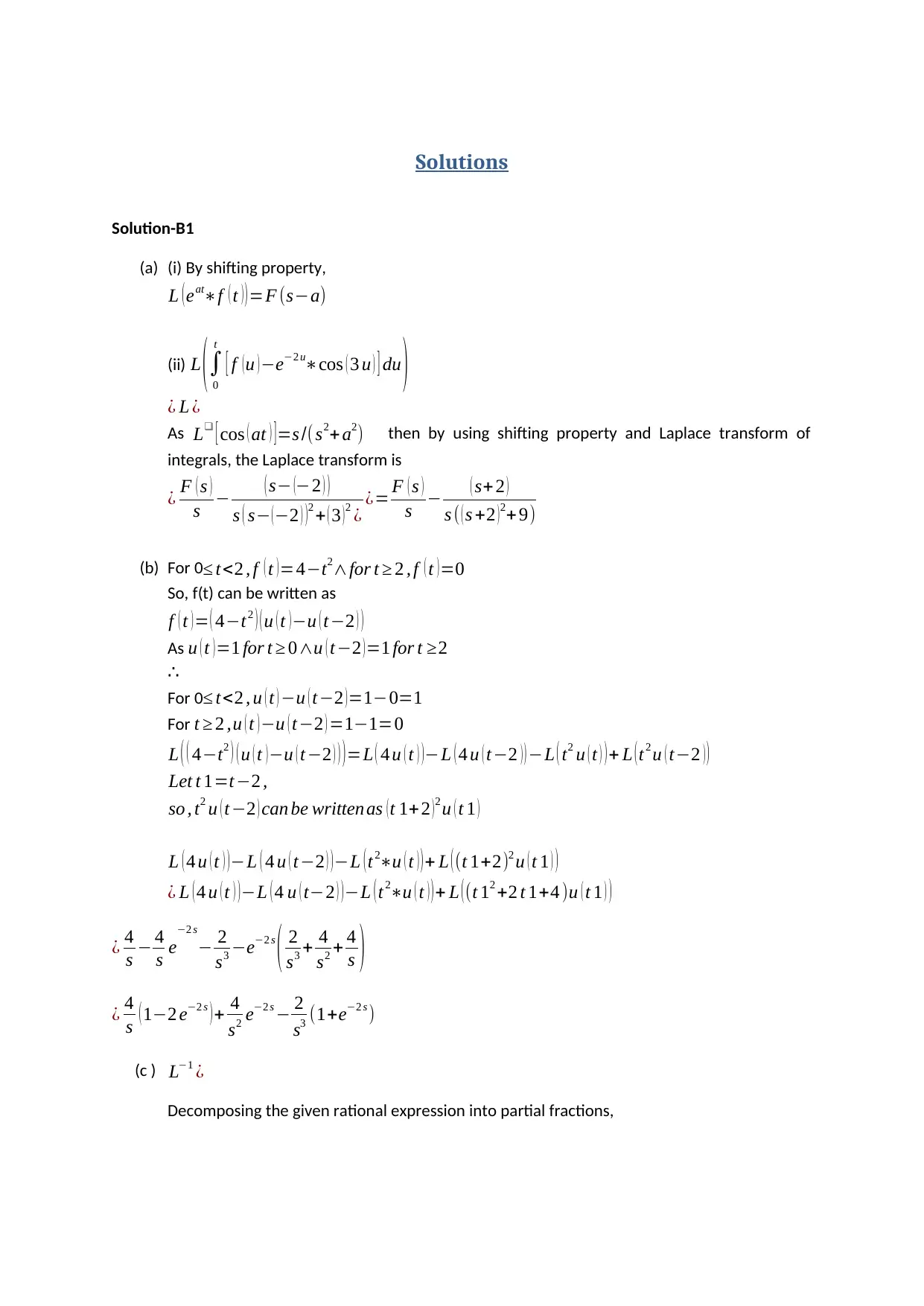
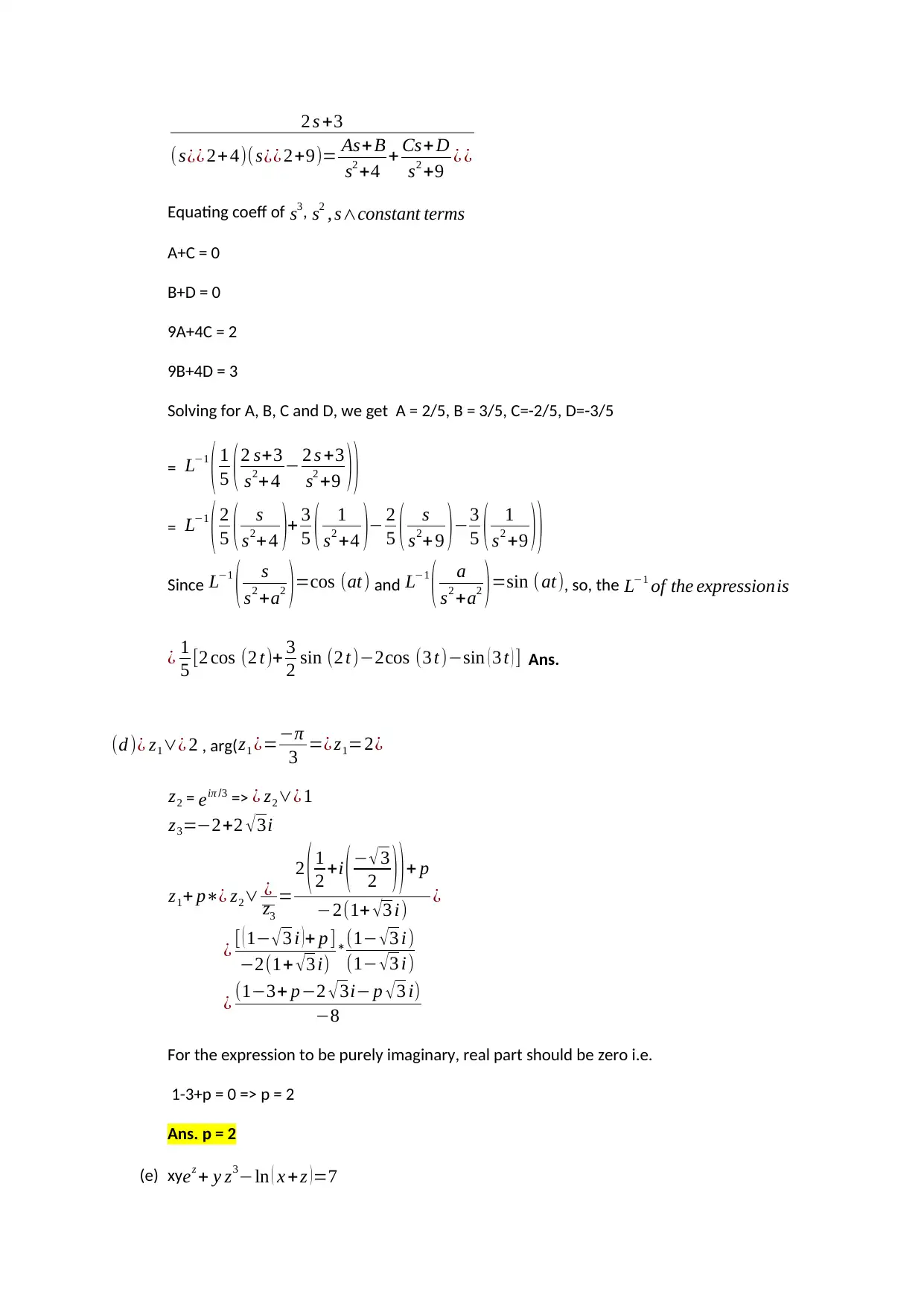
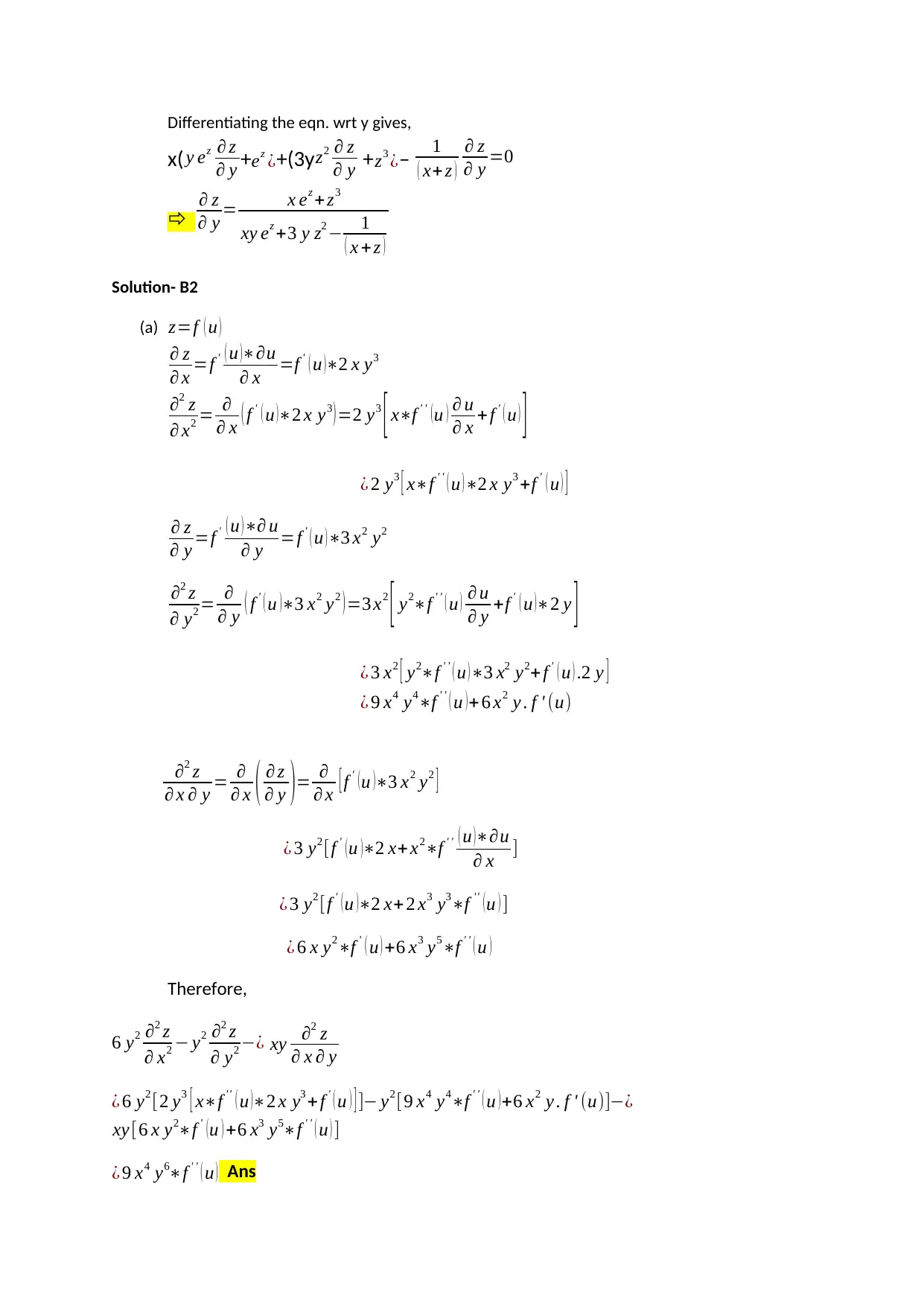
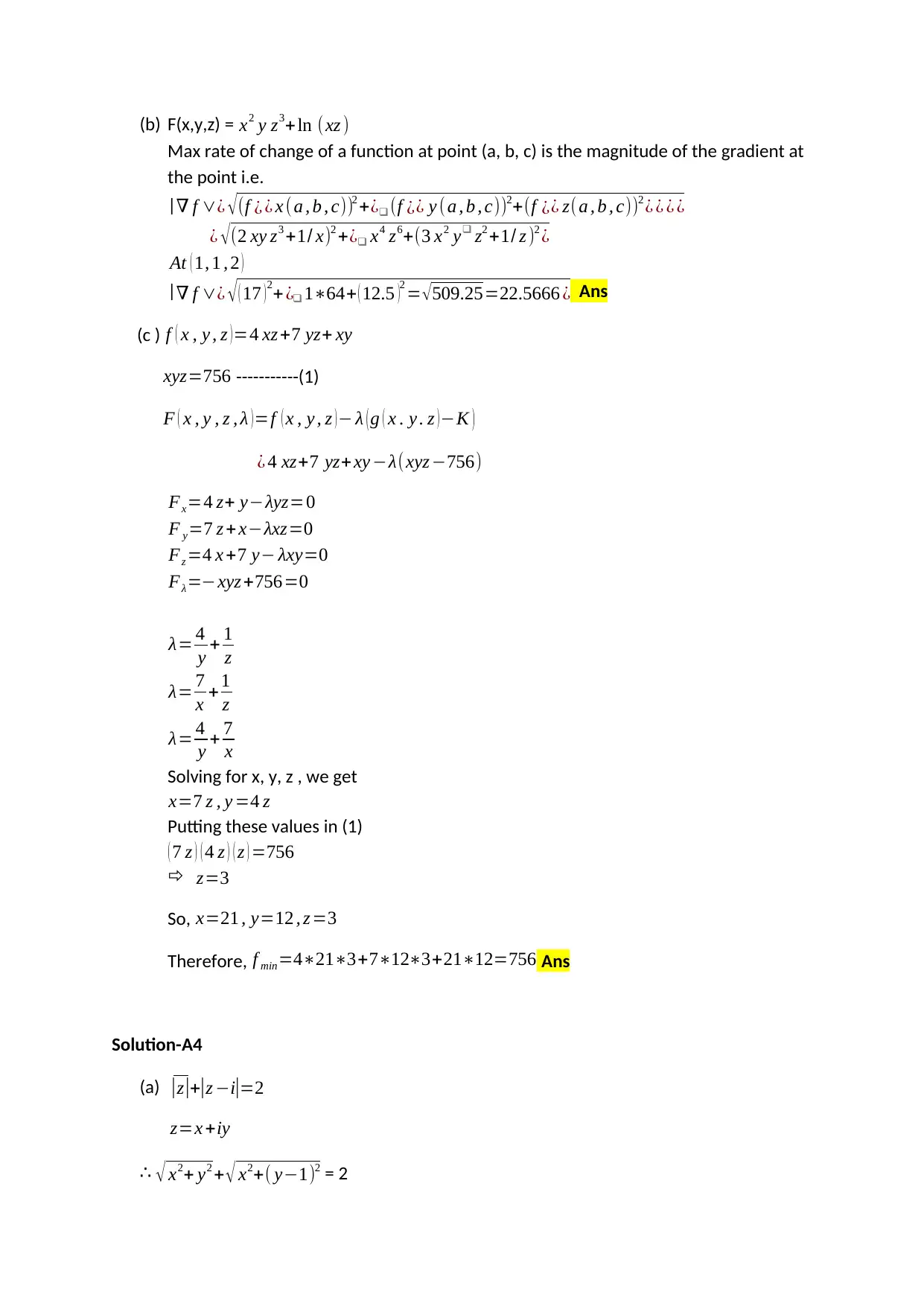
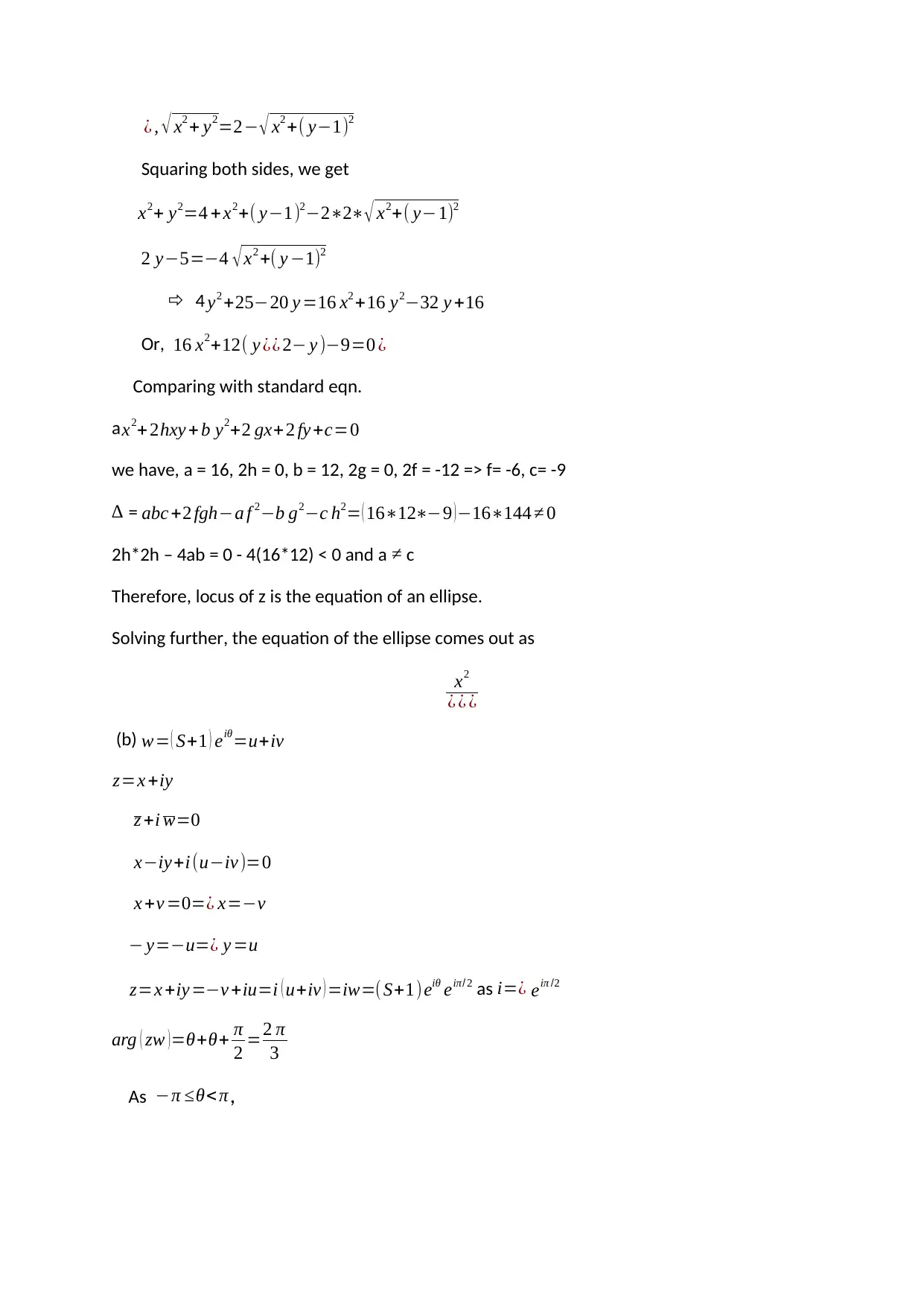
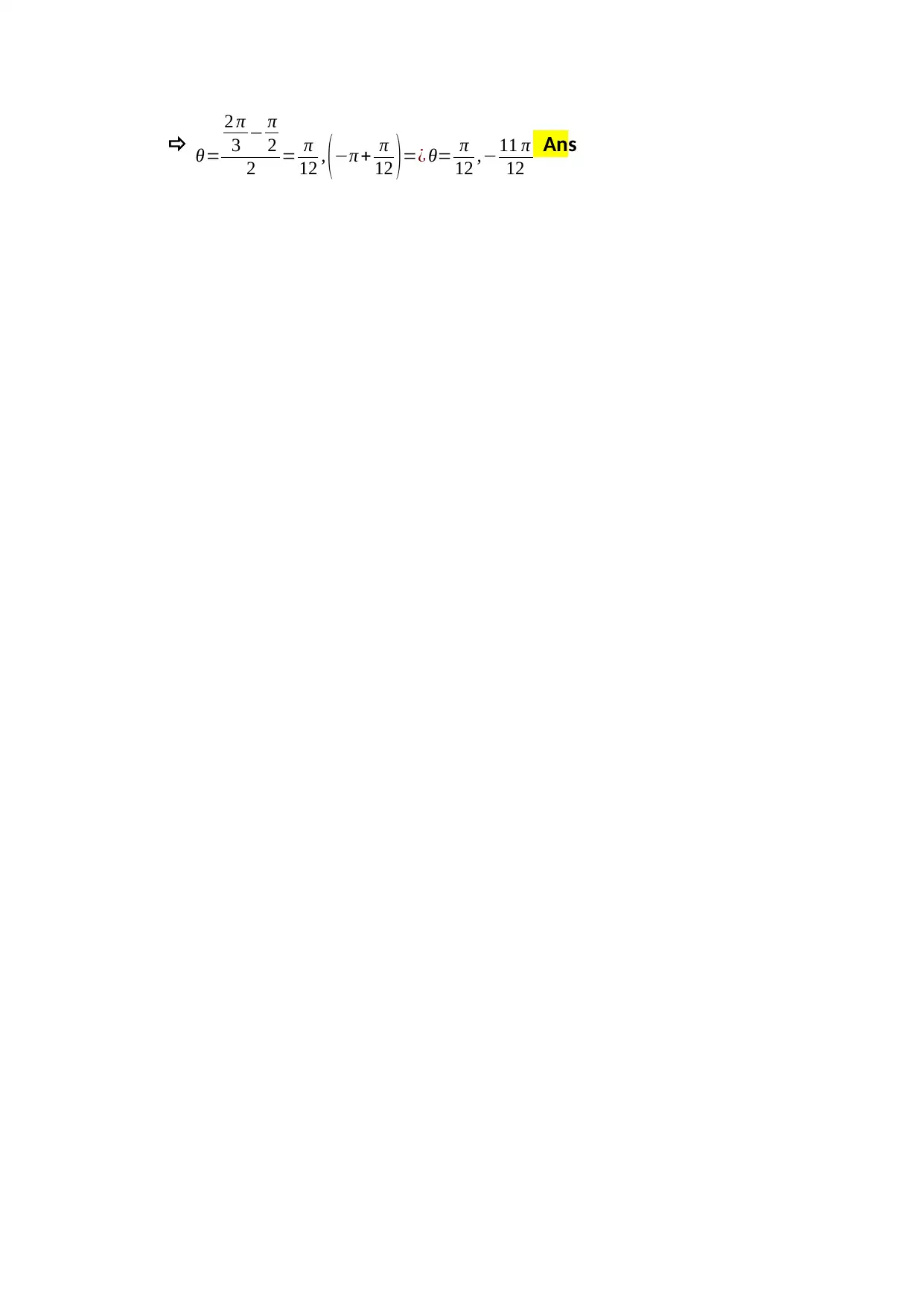





![[object Object]](/_next/static/media/star-bottom.7253800d.svg)